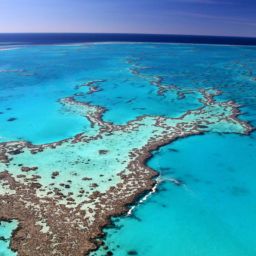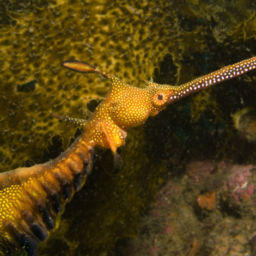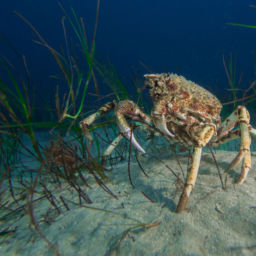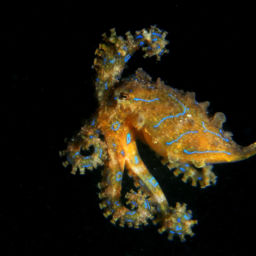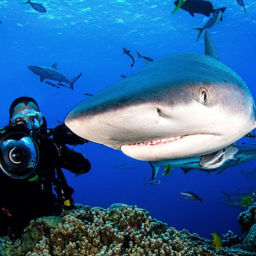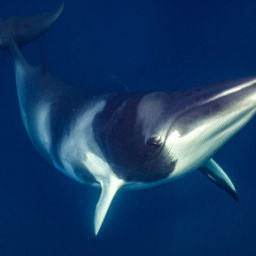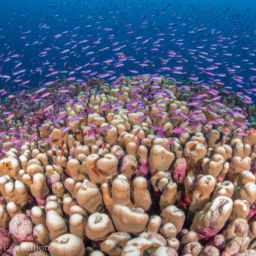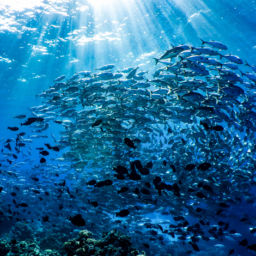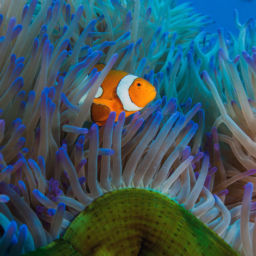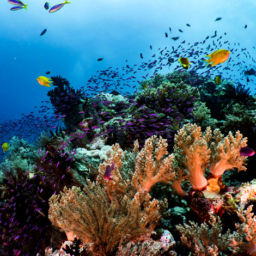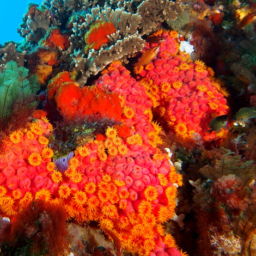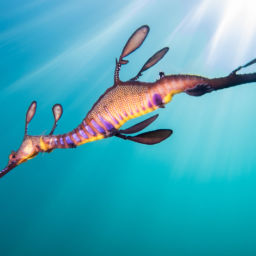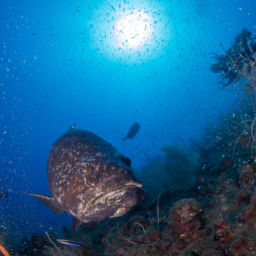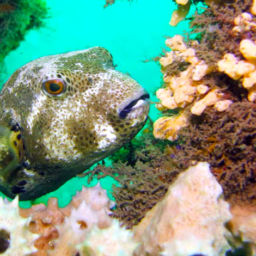While Australia’s tourism economy is at a standstill, dive boats sit empty in the harbors of Cairns and Port Douglas — Far North Queensland’s gateways to the Great Barrier Reef. Now, some of those companies are repurposing their idle vessels — and staff — for planting coral.
The staff of one Australian dive tour operator, Passions of Paradise, has volunteered to give the ocean some extra care and attention by planting coral on the Great Barrier Reef after the family-owned Cairns business stopped running tours in the wake of the coronavirus pandemic. I was lucky enough to join as a volunteer for three days.
The company donated their state-of-the-art catamaran and fuel to take enthusiastic crew, a scientist — and yours truly — to Hastings Reef for the Coral Nurture Program.
The Passions team has been assisting Dr. David Suggett’s team from the University of Technology Sydney, who is conducting reef-resilience research at one of the company’s 26 reef sites.
Planting coral on the Great Barrier Reef
My dive buddy for the three days is Passions of Paradise environmental sustainability coordinator Russell Hosp, who is at the site most weeks recording data for the project and establishing a coral nursery.
Russell and Passions of Paradise marine biologist Kirsty Whitman, who are both master reef guides, are excited to help advance the project as volunteers while the business is closed.
Project coordinator and PhD student Lorna Howlett said Passions of Paradise is one of five Cairns and Port Douglas reef companies participating, with Wavelength, Ocean Freedom, Sailaway and Quicksilver Cruises also involved.
“The Coral Nurture Program aims to give operators yet another stewardship activity they can do at their reef sites in addition to crown-of-thorns eradication and the Eye on Reef monitoring program,” she says.
“There are two new things about this program. It is the first time on the Great Barrier Reef that tourism operators have worked alongside researchers and the first time that a coral clip has been used to attach corals to the reef.”
It involves finding fragments of opportunity — coral fragments that have naturally broken off — and attaching them back on to the reef using a coral clip. We can only use fragments of opportunity found at the site, so Passions of Paradise has installed six frames at the site which can be used as a nursery to grow more corals.”
Once they find a coral fragment, they attach it to the nursery to grow and as it grows they can take fragments from it to attach to the reef, giving them a continual source of new corals. The 12-month project finishes next month however, the operators can continue to operate the nurseries and outplant the corals.”
Over our three days on Hastings Reef, we managed to plant over 1,000 pieces of coral. I can’t wait to return in a few months’ time to see how they’ve grown.



